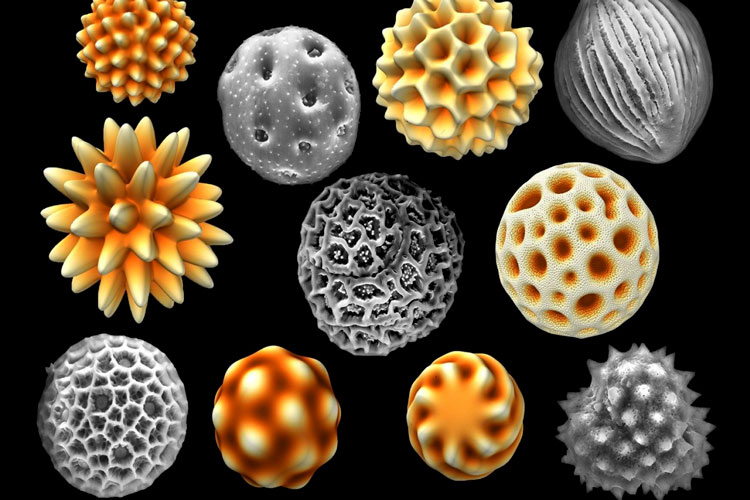
SEM images: Asja Radja; Simulations: Asja Radja and Maxim Lavrentovich.
It’s no secret that pollen plays a vital role in plant reproduction worldwide, including the production of food. But for decades, scientists have been puzzled about the variety of patterns on the surface of these pollen grains—specifically, how they are formed and if they have a function.
A study published in Cell sheds some light on the subject, showing that plants favor the production of uneven, asymmetrical patterns on the surface of pollen grains over more symmetrical patterns.
“The pollen wall itself—the surface of a pollen grain—serves the important function of protecting the pollen grain genetic material from the environment as the pollen travels during the process of pollination. However, the function of the precise pattern on this surface is not well understood,” said Maxim Lavrentovich, assistant professor of theoretical biophysics in the Department of Physics and Astronomy at UT, and coauthor of the study.
Continue reading about Lavrentovich’s study at news.utk.edu.